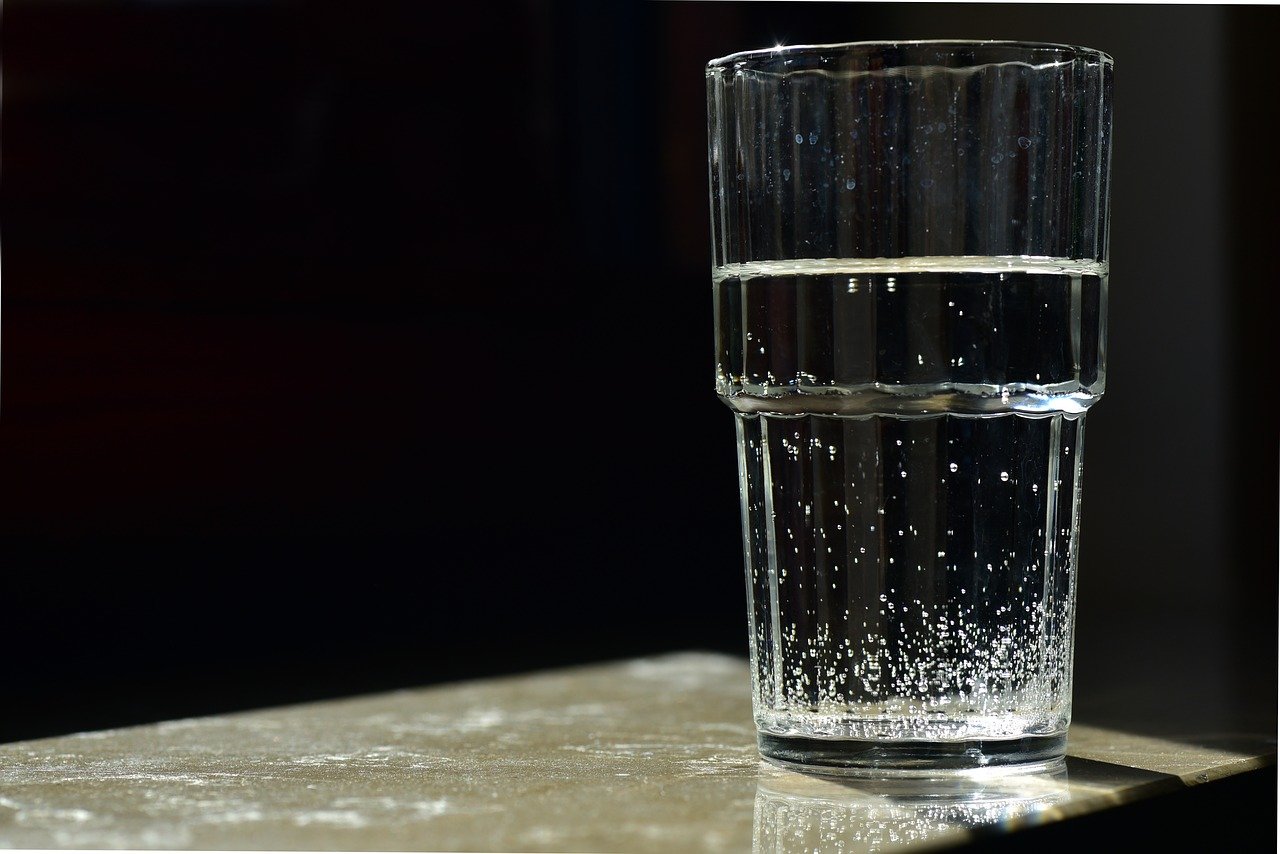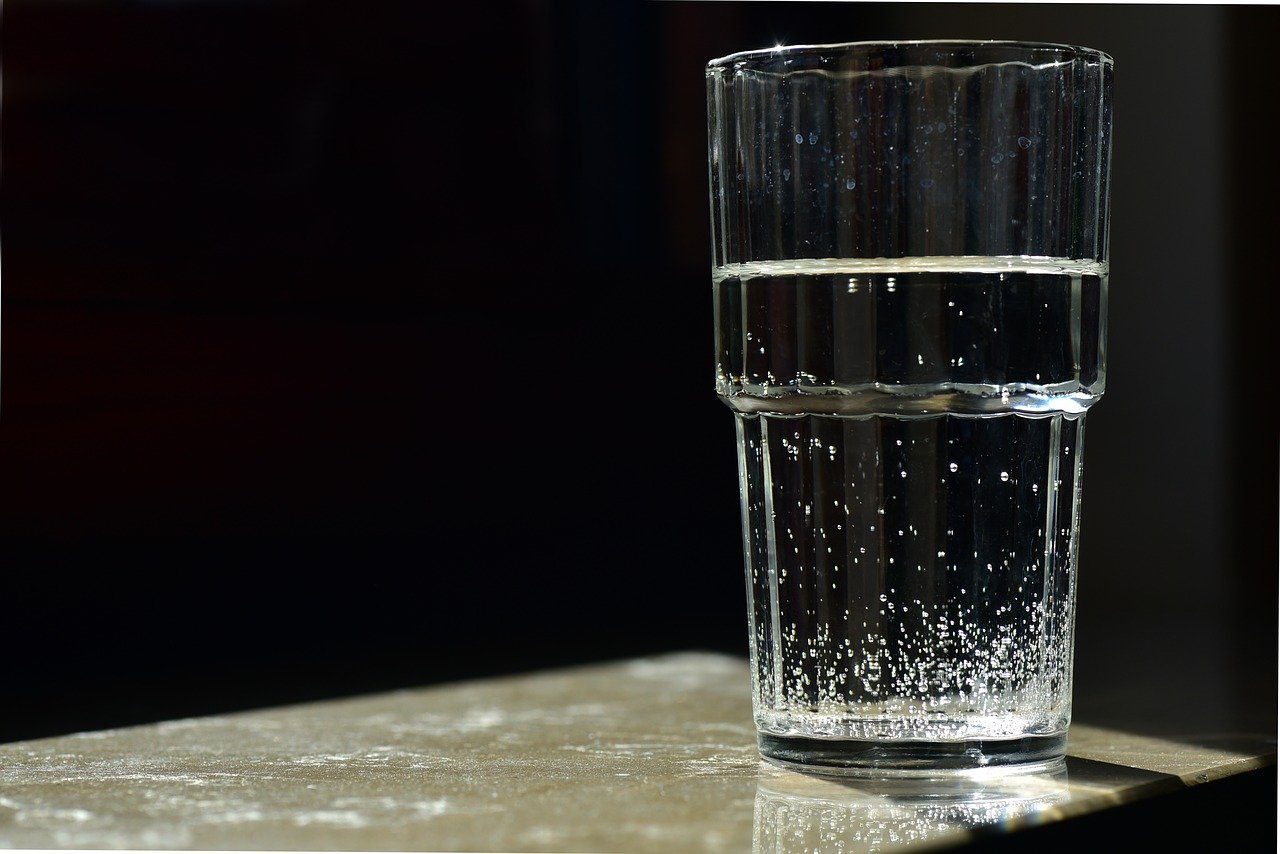
Like, serendipity, impignorate and nudiustertian, the word 'turbidity' is a largely unfamiliar word to many people. Unless they happen to work in the water treatment sector that is. However unlike the aforementioned triumvirate of nouns, verbs and adjectives (all singular), it's a whole lot easier to explain precisely what turbidity is. And that thing is, the cloudiness of water. Essentially.
Although turbidity sounds like far too bigger word than merely one which describes the cloudiness of water, that's pretty much the truth of the matter. That said - and this being a blog on water treatment - the story doesn't end here.
The cloudiness to which we refer, is caused by particles which infiltrate a water system, that are suspended in the solution and which it's virtually impossible to witness individually. Commonly these particles include dirt, algae, oils, proteins, minerals and yes, bacteria too.
Turbidity therefore is more than simply the cloudiness of water, but more specifically the optical measurement that highlights the existence of these suspended particles within the water. The physical process by which this is determined is via a light being shone through a water sample, which will illuminate the exact volume of particles that have compromised the quality of the water in situ. Ergo, the greater the concentrate of particles, the higher the turbidity present.
Cloudy Water Is The First Sign of Presence of Turbidity
Picture the scene. You've just poured yourself a glass of cold tap water to satisfy your thirst. Yet the glass is full of cloudy water, which is clearly impacted by unwanted sediments. You pour it away, let the tap run longer and try again, don't you. Nobody wants to ingest cloudy water from the tap
But how does the infiltration of contaminants occur in the first instance you may well be asking.
Pollution can result from a number of situations, some of which could be instigated by Mother Nature herself and further complicated by human misdemeanors. Manmade intrusions could include phosphorous from wastewater treatment facilities and nutrients from fertilizers used in farming. Phosphorus can cause algae growth which increases turbidity, while elsewhere tannic acids often associated with bog areas can cause water to become coloured, resulting in turbidity.
When heavy rains have created run-off (typically comprising mud and silt, etc) from agricultural or construction sites in a locale, this natural incident might, subsequently see water sources over-run with sediment from such industries' abovementioned by-products.
This leads to valve and tap damage, as well as blocked water filters, pipework and storage tanks. Therein creating potential challenges to previous fit-for-purpose statuses.
In turn, this could trigger a knock-on effect by disrupting aquatic life found on the bottom of water sources, which could need dredging thereafter to remedy.
Which is why environmental monitoring practices are adopted as a means of the first signs of the onset of pollution. Not least because suspended matter can significantly compromise the effectiveness of disinfectants (such as chlorine) by being a vessel for waterborne bacterial pathogens.
Are There Recognised Guidelines for Turbidity in Drinking Water Supplies?
This is the bit where dedicated water treatment processes come into play. So as to actively minimise (and ideally, look to completely eradicate) turbidity, involving processes which measure water quality at numerous phases to determine efficiency. Together with complying with legislation and industry governance at the same time.
The following guidelines are the ones which should be adhered to when it comes to drinking water supplies. Turbidity is traditionally measured in 'nephelometric turbidity units (NTU)' or 'Jackson turbidity units (JTLJ)'. The two units are roughly equal.
• Drinking water should have a turbidity of 5 NTU/JTU or less. Turbidity of more than 5 NTU/JTU would normally be noticed by users and may cause rejection of the supply
• Where water is chlorinated, turbidity should realistically be less than 5 NTU/JTU. Preferably less than 1 NTU/JTU, so as to ensure that chlorination is effective

Doesn't Chlorination Kill Higher Frequencies of Turbidity in Water?
By and large, yes it should. The emphasis on the 'should'. That being said, particularly high levels of turbidity may interfere with proper water treatment and monitoring in some circumstances. Even where water chlorination is robustly championed, even relatively low levels of turbidity could prevent the chemical killing the germs lurking in the cloudy water.
So, What Are the Best Protocols to Follow to Ensure Turbidity Doesn't Become a Problem? Or Eradicate it When its Presence is Discovered?
The introduction of sedimentors, coagulators and gravel pre-filters are all products engineered to counter the threats posed by turbidity in water.
Meanwhile, measurements and testing carried out at various stages in the water system can also indicate where maintenance or cleaning should be pinpointed. For the most part, turbidity is accrued either by the application of an electronic turbidity meter or a turbidity tube or sonde. As we mentioned earlier, turbidity tends to be spoken of in terms of nephelometric turbidity units (NTU) or Jackson turbidity units (JTLJ).
There's a whole host of equipment designed especially with measuring turbidity levels in water in mind, yet most fall into one of two genres. Those being meter-like devices and tubes or sondes (offering an alternative transmitting approach).
Are There Any Advantages or Disadvantages Over The Two Primary Means of Measuring Turbidity Levels in Water?
A turbidity meter in whatever form it's created is a very accurate way in which to measure turbidity levels in water. It comes into its own when testing suspected very low turbidity volumes of under 5 TU. On the flip side, they are usually more expensive than tube/sondes, are susceptible to more damage and require mains or battery power supply to operate.
On the other hand turbidity tubes are a low cost, simplistic and pretty damage-proof means of testing for turbidity. That being said, they are known to be less precise and, historically, are unable to record very low turbidities.
And on a Final Note....
Just to clarify before we go any further though. While the practices of turbidity shares certain parallels with suspended solids, establishing turbidity by way of quantifiable testing methods differs from the measuring of total suspended solids (of TSS).
TSS measurements fall into the category of gravimetric. Which is the measurement of individual weights relating to separated solids, rather than taking into account the overall mass as turbidity fathoms out.






